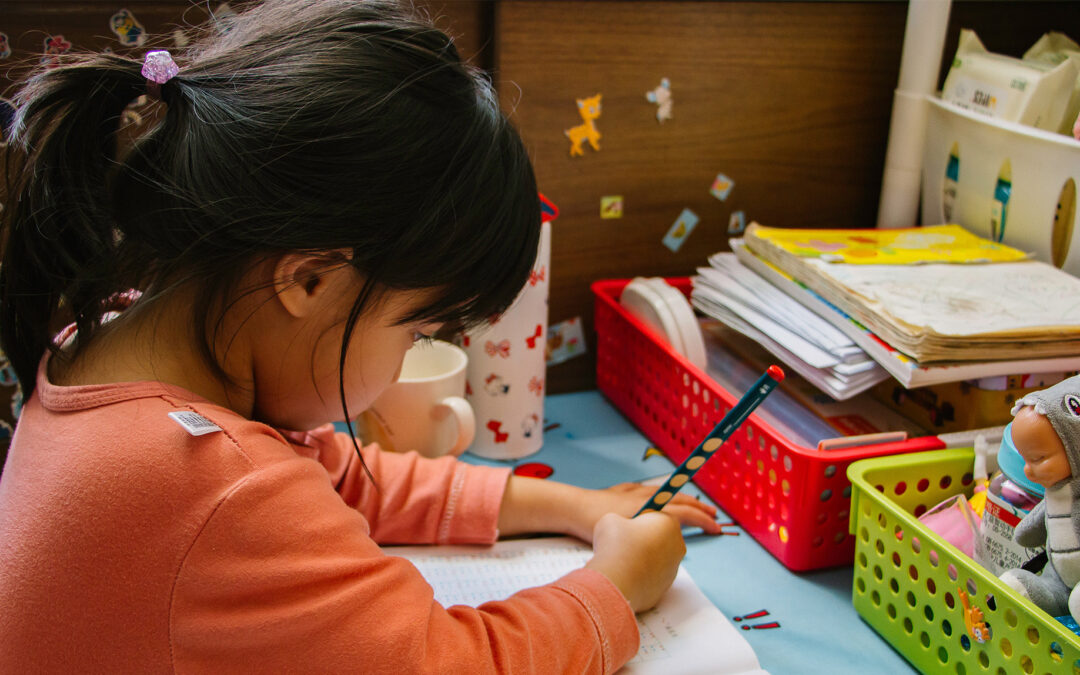Are you the type of person who feels refreshed after a good cry, or do you find yourself more guarded with your tears? Whichever way you lean, there are numerous scientific studies that highlight the benefits of crying. Research shows that crying releases stress hormones from the body, reduces pain, and can even strengthen relationships through deeper emotional connection.
Before we move on, it is important to make a distinction. There is a difference between crying as a way to process something emotionally and experience relief, and crying that is tied to persistent feelings of sadness, withdrawal, shame, or depression. In this blog, we will focus on the former, crying as a healthy emotional release.
From birth, we learn to cry in order to express a need such as hunger, fatigue, or a desire for comfort. But as we grow older, crying does not always feel as natural. This disconnect can be even stronger if you were raised in an environment where composure was prioritized over emotional expression. In those cases, crying might feel just as uncomfortable as any other vulnerable emotion.
In my sessions, I often hear clients say they do not want to cry or that they do not like to cry. Some have even shared fears that if they start crying, they will not be able to stop. I interpret these feelings as hesitation to become even more vulnerable in an already tender space. Therapy already requires so much courage and trust to explore deeper emotions, and crying in front of another person can feel incredibly exposing. But when I witness my clients cry, I see something powerful happen. Their protective walls come down and they surrender to their current experience. They stop holding onto a particular image of themselves and start recognizing that they may be carrying long-held beliefs about what it means to be composed or in control.
Crying can also help release emotions that feel trapped or stuck. I recommend finding a space where you feel safe and comfortable, whether that is alone or with a trusted individual who can simply be present with you. If the mere idea of crying feels especially uncomfortable, try beginning with some internal reflection. Be curious about when was the last time you cried and experienced relief. Ask yourself what would happen if you allowed yourself to step fully into the feeling without holding back. You might even explore who or what taught you to hold back your emotions.
Here are some ways to encourage tears:
• Listen to music that brings you into your feelings
• Watch a movie that you know will make you cry
• Read books that explore grief, loss, life transitions, or breakups
• Journal to uncover emotions you have not fully processed
Remember that emotions offer important insight into what you may be holding onto or what you might be ready to let go of. When you feel something deeply, your body is sending you a signal that this moment deserves your attention. Whether that emotion is joy, sadness, anger, fear, or anything in between, try to meet it with curiosity instead of judgment. Crying is one way our bodies helps us process and move through these emotions. Being just a little more open and less restrictive with your emotions can reveal something deeper and more meaningful.












